Dealing with a stuck key in a lock can be a frustrating and challenging experience, often occurring at the most inconvenient times. Whether you’re running late for an appointment or trying to secure your home, a stuck key interrupts your day and leaves you feeling helpless. Common reasons for this issue include rust buildup, dirt, and grime accumulating in the lock, misalignment of the lock mechanism, or wear and tear on the key or lock.
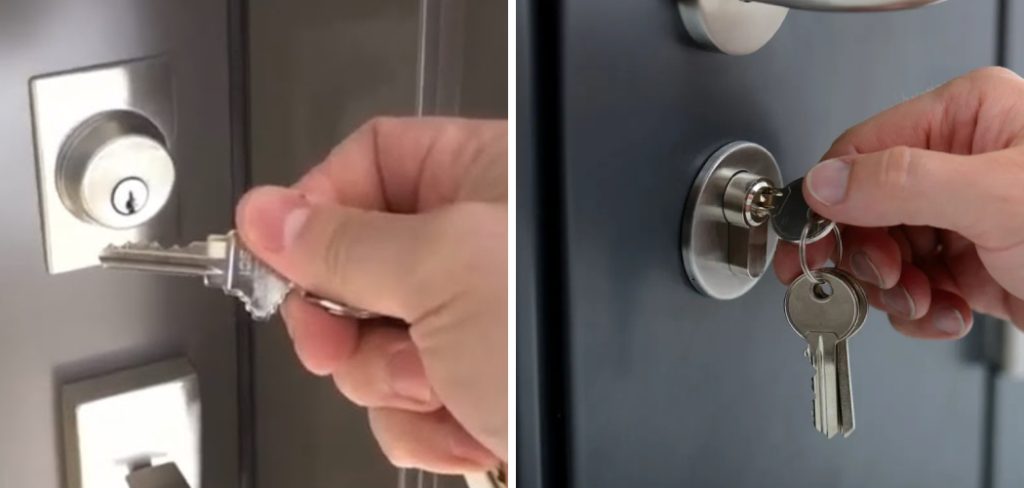
Each of these factors can prevent the key from turning smoothly or being removed easily. This article aims to provide practical solutions on how to get key out of lock stuck safely and effectively. By understanding the underlying causes and following the methods outlined here, you can confidently resolve the situation, minimizing damage to both your lock and key.
Understanding the Causes of a Stuck Key
Dirty or Debris-Filled Lock
A common cause of a stuck key is the accumulation of dirt, dust, or debris inside the lock mechanism, which can hinder its smooth operation. Over time, these particles can build up, filling the crevices within the lock and obstructing the key’s path. This buildup can make it difficult to insert or remove the key and turn it within the lock. If you notice resistance when turning the key or feel gritty sensations as the key moves, dirt or grime may be the culprit. Regular cleaning and maintenance can prevent such buildup, ensuring the lock functions smoothly.
Misaligned or Broken Lock Mechanism
A misaligned or broken lock mechanism is another frequent issue causing a key to get stuck. The lock’s internal components, such as pins or springs, may shift or wear out over time, resulting in misalignment or dysfunction. This mechanical failure can prevent the key from turning properly or being withdrawn from the lock. Symptoms of a misaligned lock include difficulty turning the key, hearing unusual grinding noises, or feeling an unusual stiffness.
Recognizing these signs early on can help address the problem before it leads to more significant damage, potentially requiring the intervention of a professional locksmith.
Basic Techniques for Removing a Stuck Key
Gently Wiggling the Key
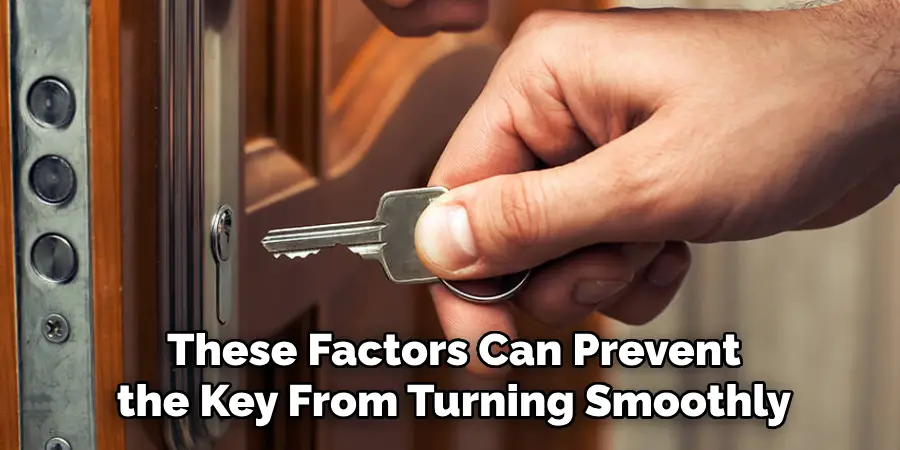
One effective method for freeing a stuck key is to gently wiggle it. This technique works by carefully altering the key’s position within the lock, which may release whatever is causing it to stick without causing undue damage to the lock or key. To execute this method, grasp the key firmly but gently and move it left and right, applying a slight pulling force as you do so.
The idea is to create enough movement to disengage the key from any obstructions, allowing for a smoother extraction from the lock. Patience is crucial, as too much force could exacerbate the situation.
Turning the Key While Pulling
Another tactic to consider is turning the key slightly while pulling it out of the lock. Sometimes, the key gets stuck due to the locking mechanism’s internal components being slightly out of place. By alternately turning the key gently in both directions while applying a consistent pulling force, you might be able to realign these components and free the key. It’s important to avoid excessive force during this process to prevent breaking the key or damaging the lock mechanism, which could require more extensive repairs.
Using Pliers for Additional Grip
When a key is deeply embedded and difficult to grip, using a pair of pliers can provide the additional grip needed to remove it. To do this safely, grip the visible portion of the key with the pliers, being careful not to apply too much pressure that might bend or break the key. Apply steady pressure as you pull the key straight out, taking care not to twist the key or damage the lock cylinder. This method should be used cautiously, as improper use of pliers can lead to key or lock damage, making professional intervention necessary.
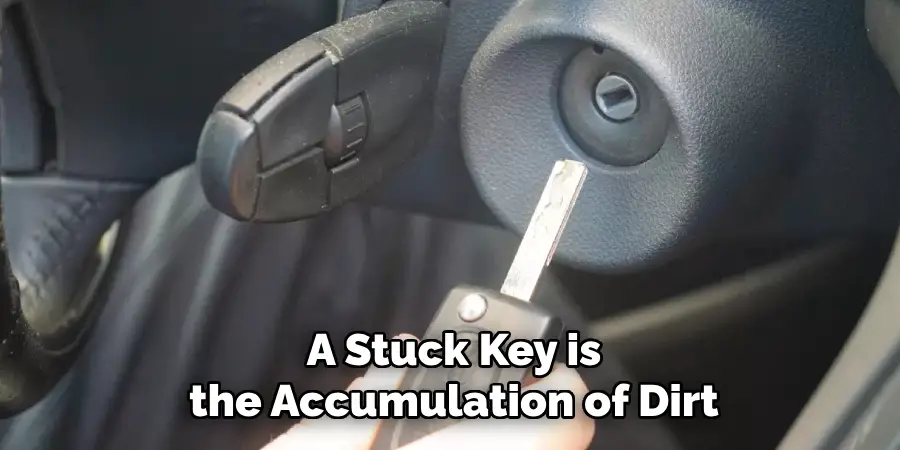
How to Get Key out Of Lock Stuck Basic Techniques
Gently Wiggling the Key
Slight movements can often be the key to freeing a stuck key without causing any damage. By gently wiggling the key, you can help realign any obstructions and make removing them easier. This method involves holding the key firmly but with delicate care and gently moving it from left to right while applying a slight pulling force. The goal is to create a minimal movement that can disengage the key from anything, causing it to be stuck and allowing for smooth extraction. Patience and carefulness are crucial, as excessive force can lead to further complications.
Turning the Key While Pulling
Another effective technique for extracting a stuck key involves turning the key slightly as you pull it. This method works by leveraging the flexibility of the lock’s internal components, which may be slightly misaligned. Begin by gently turning the key in one direction and then the other while applying a consistent pulling force. This action can help realign the internal parts of the lock, freeing the key. It’s important to execute this technique with caution, avoiding any excessive force to prevent breaking the key or damaging the lock’s internal mechanism.
Using Pliers for Additional Grip
A pair of pliers can provide the necessary leverage when a key is so deeply embedded that it becomes difficult to grip. Carefully grip the exposed portion of the key with the pliers, making sure not to apply too much pressure that could bend or break the key. Apply a steady, straight pull to ease the key out of the lock. It’s vital to avoid twisting or excessive movement with the pliers, as these actions can damage the key itself and the lock, potentially necessitating professional repair.
How to Get Key out Of Lock Stuck Using Lubricants to Free the Key
Choosing the Right Lubricant
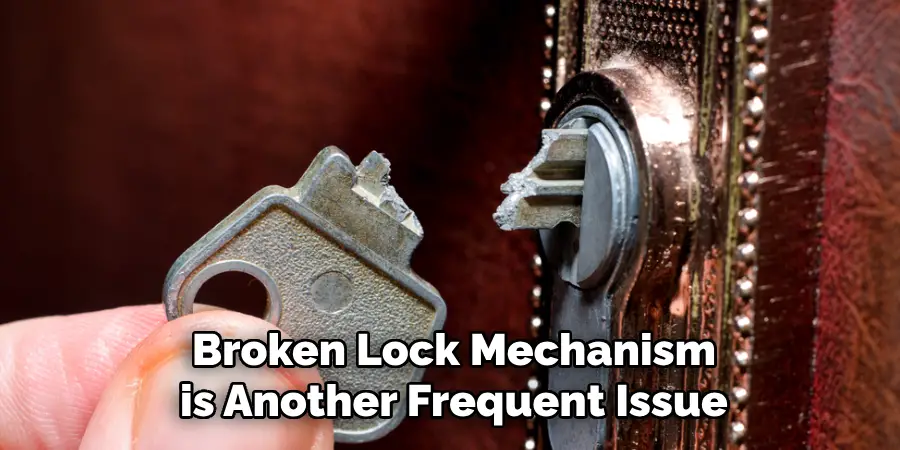
When attempting to free a stuck key, choosing the right lubricant is crucial. Lubricants such as graphite powder, silicone spray, or a penetrating oil like WD-40 are commonly used. Graphite powder is ideal because it doesn’t attract dust and grime, keeping the lock cleaner over time. Silicone spray provides a slick application that can reduce friction between the key and the lock’s internal components. Penetrating oil like WD-40 is excellent for loosening rust or debris inside the lock mechanism. These lubricants work effectively because they reduce friction and help dislodge particles that may be causing the key to stick, ensuring smoother operation.
How to Apply Lubricant to the Lock
Applying lubricant to a lock to free a stuck key is straightforward. Begin by ensuring you have the correct lubricant and, if needed, a straw attachment for precision. Insert the straw into the lubricant’s nozzle, then aim it into the keyhole. Apply a short burst of the lubricant into the key slot, being careful not to oversaturate the area. Allow the lubricant to work for a few minutes, enabling it to penetrate any debris or rust causing the obstruction.
After waiting, gently attempt to wiggle and pull the key, using a slight twisting action if necessary. Avoid over-lubricating, as excess lubricant can trap dirt inside the lock, leading to further complications. If the key remains stuck despite lubrication, it may be necessary to consult a professional locksmith.
Using Heat or Cold to Free the Stuck Key
Applying Heat to the Lock
Applying heat to a lock can expand its metal components, freeing a stuck key. This simple process requires a heat source like a hairdryer or heat gun. To begin, set your heat source to a moderate temperature. Hold it a few inches away from the lock to ensure even heat distribution without risking damage from overheating. Gradually apply heat for several minutes, focusing on the lock’s body but avoiding prolonged exposure to any specific area.
As the metal parts expand, gently attempt to wiggle and pull out the key. Monitor the process closely to prevent overheating, which can damage the lock’s internal mechanisms or alter its structural integrity.
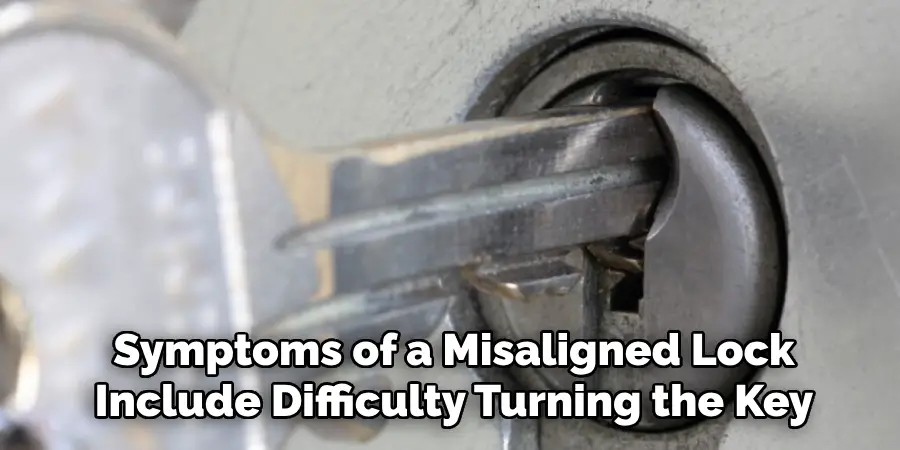
Applying Cold to the Key
Cold treatments can help shrink the metal parts around a stuck key, aiding in its removal. You can achieve this by using a can of compressed air turned upside down, emitting a freezing or dedicated cold spray. Direct the cold spray towards the lock, focusing on the area around the key, without directly contacting delicate components that might be damaged by extreme cold. Apply short bursts until the lock begins to feel cold to the touch. As the metal contracts, gently attempt to remove the key by applying a slight wiggling or pulling motion. Exercise caution to avoid overcooking, which might cause brittleness or cracks in the lock’s mechanism.
If the Key is Broken Inside the Lock
Identifying a Broken Key
Identifying a broken key inside a lock can be straightforward if you notice that part of your key is missing after attempting to unlock the door. Inspect the visible portion of the key to see if it appears jagged or incomplete, indicating that a piece may be left inside the lock. Additionally, if the lock feels unusually stuck or the key doesn’t rotate fully, it might suggest a broken fragment inside. Carefully examine the lock with a flashlight to check for any visible obstructions or metal fragments wedged inside the keyhole, confirming the presence of a broken key piece.
Using Tweezers or a Key Extractor Tool
Tools like tweezers or a key extractor can effectively remove a broken key from a lock. Begin by selecting a pair of fine-tipped tweezers or a professionally designed key extractor tool that can fit into the keyhole’s narrow opening. If using tweezers, insert them gently into the keyhole, attempting to grip the protruding portion of the broken key.

Apply steady and gentle pressure to pull it out without damaging the lock. Alternatively, with a key extractor tool, carefully slide the tool into the lock alongside the broken key, allowing its hooks to engage with the key fragment. Once secure, gradually pull the tool towards you to extract the broken piece. In both methods, precision, and patience are key to avoiding further damage to the lock or leaving any remnants behind.
When to Call a Professional Locksmith
When DIY Methods Fail
Recognizing when to call a professional locksmith is crucial for avoiding further damage to your lock or key. After attempting DIY methods, such as using pliers, lubricants, or temperature variations, it’s important to assess their effectiveness. If none of these techniques work or if you feel resistance indicating potential damage, it’s time to stop and consider professional help.
Forcing the key or using excessive force can lead to worse outcomes, like snapping the key further or damaging the lock’s internal mechanisms. Such damage may lead to more complex problems, requiring costly repairs or even lock replacement.
How a Locksmith Can Help
A professional locksmith is equipped to handle stubborn or broken keys with expertise and specialized tools. They can safely extract stuck or fractured key pieces without jeopardizing the lock’s integrity. Additionally, locksmiths can identify and repair underlying issues that might have caused the key to become stuck, such as internal wear, alignment problems, or dirt buildup.
Hiring a locksmith ensures a quick, safe, and efficient resolution to your key troubles, ultimately saving time and reducing the risk of more severe damage. Entrusting the task to a professional means gaining peace of mind and prolonging the lifespan of your lock and key mechanism.
Preventing Keys from Getting Stuck in the Future
Regular Lock Maintenance
Regular maintenance is key to ensuring locks function smoothly over time. Cleaning locks periodically can prevent dirt and debris buildup, often leading to functional issues. Use a soft brush and a mild cleaning solution to remove external dust. Additionally, lubricants like graphite powder or silicone spray should be applied to the lock’s internal components. This will keep them moving smoothly, reducing friction and preventing keys from getting stuck.
Using Quality Keys and Avoiding Misalignment
Employing high-quality, well-maintained keys minimizes the risk of them becoming lodged. Damaged or worn keys can create alignment issues or catch on internal components, leading to jamming. Always inspect your keys for signs of wear and replace them if necessary. Furthermore, insert the key gently and avoid using excessive force. Align the key properly before turning to reduce the risk of damaging the lock and ensure smooth operation.
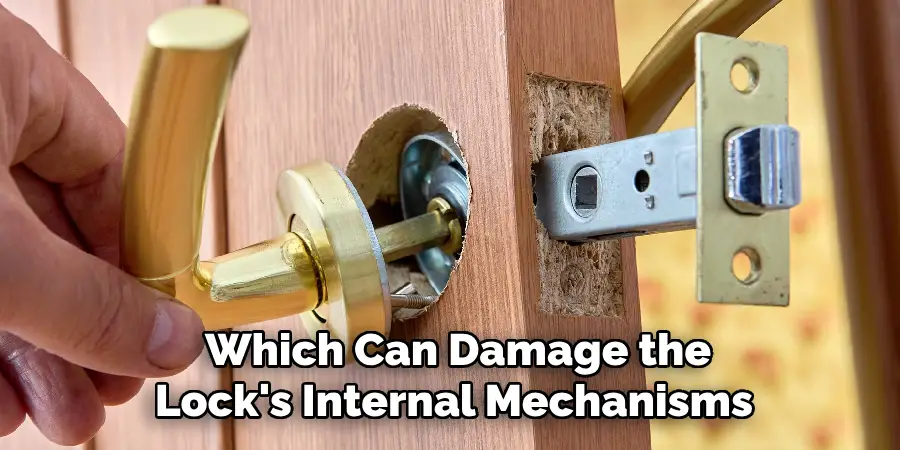
Conclusion
Learning how to get key out of lock stuck involves several techniques that can be executed safely at home. Start with gently wiggling the key, applying lubricant for smoother movement, or adjusting metal through heat or cold treatments. Using specialized tools like tweezers or extractors can offer precise removal of broken keys. However, always be cautious—consulting a professional locksmith is wise if DIY methods fail or risk causing damage.
Regular maintenance, including cleaning and lubrication, is essential to prevent future incidents and ensure the longevity of your locks, safeguarding against frustrating key-related issues.
